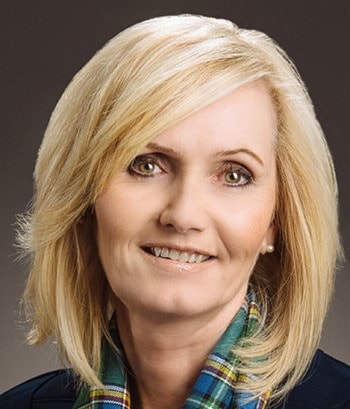Total pay for those sitting on the Fraser Valley Regional District’s board of directors rose 22 per cent last year, thanks to a decision made in 2014 to boost compensation for city politicians sitting on the board.
Abbotsford Coun. Patricia Ross, who serves as the board’s vice-chair, says the increases reflect the substantial time commitment board members make.
Total renumeration for the board was $323,638 in 2015, up from $264,003 the previous year and will likely be higher in 2016. The increase is largely due to raises for directors representing Abbotsford and other municipalities and the vice-chair position.
The 15 municipal directors saw their pay jump from $6,613 in 2014 to $9,085 in 2015. Their pay will rise again this year, to $11,557. The FVRD directors representing Abbotsford in 2015 were Ross, Mayor Henry Braun and Couns. Dave Loewen, Moe Gill, Ross Siemens and Kelly Chahal.
Ross’s pay for acting as vice-chair increased from $1,743 to $4,172 last year. It will go up again this year to $6,601. The vice-chair pay is on top of Ross’s normal salary. She received total renumeration of $13,257 in 2015.
Pay for the FVRD’s eight electoral area directors rose by just over $500. They made $18,650 in 2015. The creation of a new electoral area for Cultus Lake and the Columbia Valley also boosted the total amount spent on politicians.
The pay hikes were approved by the 2014 board of directors shortly before that fall’s municipal elections. Abbotsford’s representatives at the time were Ross, Loewen, Gill, along with then-Mayor Bruce Banman and then-Couns. John Smith and Bill MacGregor.
The hikes came after staff reported that remuneration for municipal members was “relatively low” compared to other regional districts. A discussion at the time saw members suggest pay scales should reflect the fact the FVRD is the third-largest regional district in the province. The result was a bylaw that attempted to set directors’ pay in line with averages at other regional districts.
According to the minutes from a July meeting, the proposal met with opposition from Dennis Adamson, the director for electoral area B, who said increases in pay for municipal directors wasn’t warranted. He said that while serving as an electoral area director was a full-time role, a municipal director worked only part-time, with some attending only one meeting each month. Electoral Area C director Wendy Bales also opposed the pay hike at the time.
Ross, though, told The News this week that directors do more than attend monthly meetings. She said some sit on additional committees, while all must invest considerable time researching and learning about the issues prior to making decisions.
Each FVRD resident will pay, on average, about $1.48 per year towards directors’ pay, a figure that is fourth among the eight districts The News looked at. All those districts oversee larger budgets, though. With $18.5 million in expenses in 2015, the FVRD spent significantly less than the seven other largest regional districts.
The FVRD spent 2.2 per cent of its budget on directors’ pay and expenses. Of the eight largest regional districts in the province, none spent a larger proportion of budget on politicians’ salary. Only the Thompson-Nicola Regional District (TNRD), which encompasses the cities of Kamloops and Merritt, spent a comparable portion on its board, with politicians’ pay coming in at 1.9 per cent of expenses. The six other regional districts The News looked at all spent between 0.2 and 0.8 per cent of their budget on politicians’ compensation.
Ross, though, says the FVRD’s slim budget doesn’t reflect the level of services it offers residents nor the time commitment required by board members.
“Our level of services is quite good; it’s quite frugal.”
